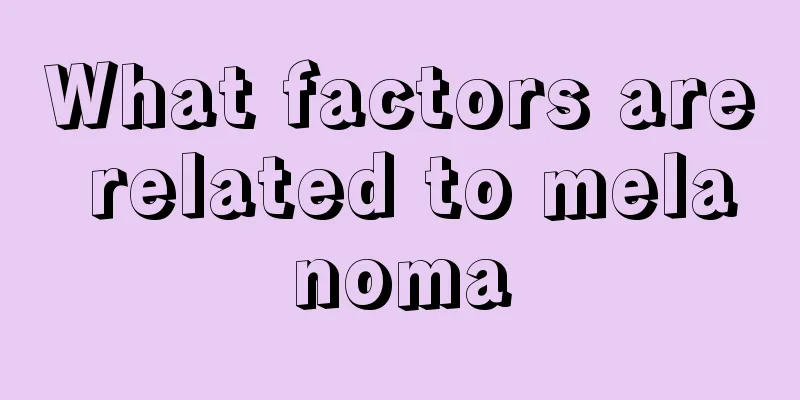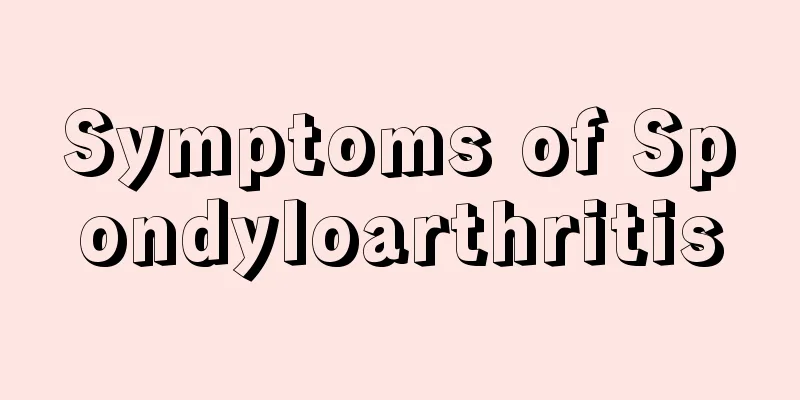What should I do if my brain glioma recurs?

|
Generally speaking, except for grade one and a few grade two glioma patients who may be cured, most glioma patients must also face the problem of tumor recurrence. During our review and treatment process, we found new lesions near the original intracranial surgical area. What should we do? Is our lesion a tumor recurrence or a radiation reaction? Commonly used identification examination methods mainly include nuclear magnetic resonance spectroscopy and perfusion imaging, PET. If it is a radiation reaction, conservative treatment methods such as hormones and bevacizumab can be selected to observe the progression of the lesion during treatment. If recurrence is considered, a specific analysis should be conducted based on the patient's age, physical condition, lesion size, location, radiotherapy and chemotherapy, etc. If the lesion is small, patients who have not received radiotherapy and chemotherapy can choose to undergo radiotherapy and chemotherapy first, and then observe the progression of the lesion. Patients who have undergone radiotherapy and chemotherapy can consider changing the chemotherapy plan. For example, temozolomide can be changed to irinotecan, or combined with targeted drugs. If the lesion is limited, gamma knife or cyberknife can be considered. Or participate in clinical trials. If the lesion is large, first analyze whether another surgery is possible based on the situation. The patient is in good physical condition and the lesion is located on the anterior surface or non-functional area. Surgery will not cause serious neurological dysfunction and risks, so surgical resection is the first choice, and chemotherapy or radiotherapy is selected after surgery based on the situation. This can achieve the best treatment effect. If you can have surgery, try to have surgery first. If the lesion is large, extensive, or deep, or the surgical risk may lead to severe neurological dysfunction or risk, then we first choose combined chemotherapy, targeted therapy, or clinical trials. Depending on the specific situation, some patients can undergo secondary radiotherapy. For recurrent brain gliomas, factors such as the dose of the first radiotherapy, the interval with the first radiotherapy, and the location and volume of the recurrent tumor should be considered. |
<<: Can nasal CT detect nasopharyngeal cancer?
>>: What are the signs of early cervical cancer
Recommend
Disadvantages of rice wine
Drinking table culture is a part of Chinese cultu...
What are the differences between moles and spots? Introduction to the differences between moles and spots
Moles and spots are two common skin problems. Whe...
What to do if sea cucumbers get moldy
The nutritional value of sea cucumbers is self-ev...
There is a lump on my neck that hurts when I press it. So this is what's going on
The appearance of a lump on the neck itself will ...
What are the magical uses of chestnuts
Everyone is familiar with chestnuts, because they...
Can proteinuria in children be cured?
When children have kidney disease, they are prone...
What should I do if my shoes squeeze my feet?
Many people usually don't choose the right sh...
The hazards of ultrasonic toothbrushes
Brushing your teeth is to clean your oral cavity ...
Malignant breast cancer survival rate
How many years a patient can live at most in the ...
How does the hospital provide care for bronchial lung cancer? Six care methods for bronchial lung cancer
Depending on the specific clinical manifestations...
What are the benefits of eating black beans regularly?
Black beans are rich in protein, carbohydrates, ca...
Latin dance teaching
Latin dance is also a kind of sports dance. It no...
Normal heart rate age
We all know that people at different stages of th...
Keep farting at night
In fact, the gastrointestinal organs move fastest...
What causes black vaginal discharge before menstruation?
We all know the importance of leucorrhea to women...









